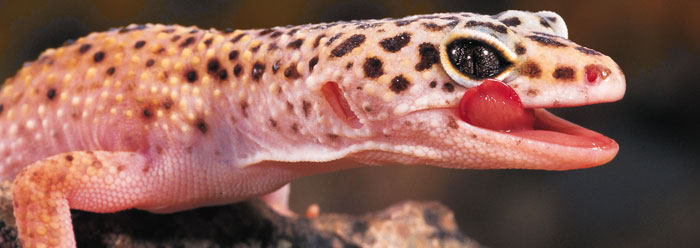Skeptics of Mr. Darwin's strange theory have for years used a truly remarkable book by evolutionist Barbara J. Stahl of Saint Anselm College in New Hampshire. It is titled, Vertebrate History: Problems in Evolution, (1974).1 Sadly, this is now out of print. Dr. Stahl, anatomy professor and paleoichthyologist, is clearly no friend of the creationist. She was, however, intellectually honest enough to write this 604-page book documenting the many problems associated with alleged evolution of the vertebrates.
Darwinists were understandably quick to downplay Dr. Stahl's research. In recent years their only "valid" criticism is that the book is dated and anything found in its pages is now (thankfully) passé.
I beg to disagree. In 2001 Edwin H. Colbert and his coauthors published their fifth edition of Colbert's Evolution of the Vertebrates.2 Dr. Stahl's detailed research has held up all these years when compared with Colbert's more recent text.
Bird origin: "In the absence of fossil evidence, paleontologists can say little about the date at which these |sixty-nine living families of Passeri-formes| . . . appeared" (Stahl, 386). "Of all the classes of vertebrates, the birds are least known from their fossil record" (Colbert, 236).
Whale origin: "As with most tetrapods secondarily modified for aquatic living, ascertaining the terrestrial stock from which the whales came is exceedingly difficult" (Stahl, 486). "Like the bats, the whales (using this term in a general and inclusive sense) appear suddenly in early Tertiary times, fully adapted by profound modifications" (Colbert, 392).
Amphibian origin: "Since the fossil material provides no evidence of other aspects of the transformation from fish to tetrapod, paleontologists have had to speculate how legs and aerial breathing evolved" (Stahl, 195).
"This is certainly a logical explanation of the first stages in the change from an aquatic to a terrestrial mode of life. We can only speculate about this" (Colbert, 84-85).
Snake origin: "The origin of the snakes is still an unsolved problem" (Stahl, 318). "Unfortunately, the fossil history of the snakes is very fragmentary, so that it is necessary to infer much of their evolution" (Colbert, 154).
Fish origin: "The higher fishes, when they appear in the Devonian period, have already acquired the characteristics that identify them as belonging to one or another of the major assemblages of bony or cartilaginous forms" (Stahl, 126). "Both these groups |bony and cartilaginous| appeared in the late Silurian period, and it is possible that they may have originated at some earlier time, although there is no fossil evidence to prove this" (Colbert, 53).
Contrast this lack of fossil evidence for evolution with the clear evidence for creation: the sudden appearance of fully formed vertebrates (and invertebrates) in the fossil record.
References
- Stahl, Barbara. 1974. Vertebrate history: Problems in evolution, New York: Dover Publications, Inc.
- Colbert, E. H., M. Morales, and E. C. Minkoff. 2001. Evolution of the vertebrates: A history of the back-boned animals through time, 5th ed., New York: Wiley-Liss, Inc.
*Frank Sherwin is a zoologist and seminar speaker for ICR.
Cite this article: Sherwin, F. 2007. Stalling over Transitional Forms. Acts & Facts. 36 (2).














